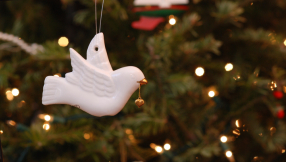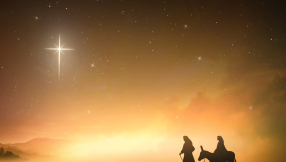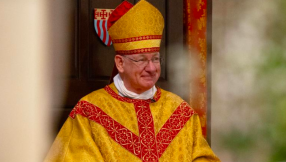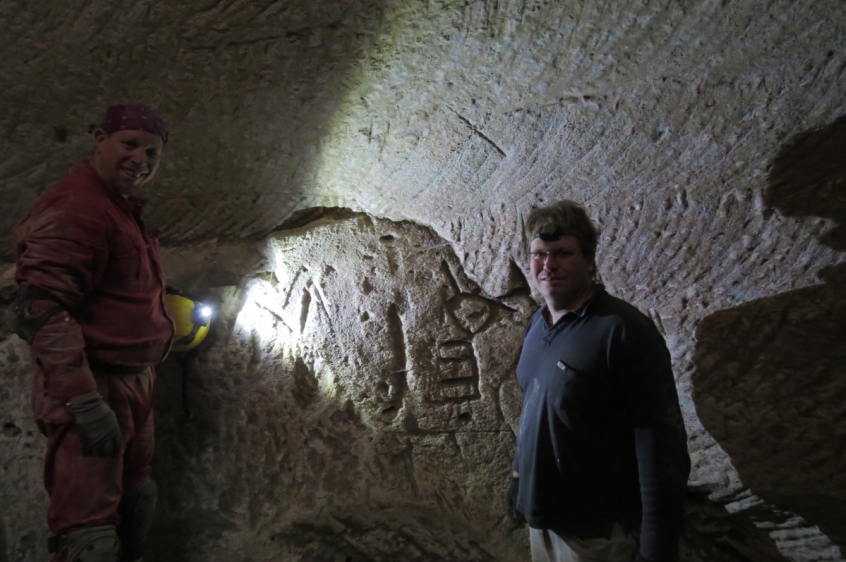
They were just three hikers who went for a walk over Christmas, or Hannukah, in the rural chalklands of ancient Judea.
Members of the Israel Caving Club, they thought it might be interesting to explore some of the hundreds of hidden caves in the Judean Spehpelah, or foothills.
Mickey Barkal, Sefi Givoni and Ido Meroz were astounded then to stumble across previously unknown engravings of a Seven-Branched Menorah and a Christian Cross.
The rare carvings were found hewn into the bedrock of an ancient water cistern.
Meroz said: "We heard there are interesting caves in the region. We began to peer into them, and that's how we came to this cave, which is extremely impressive with rock-carved niches and engravings on the wall.
"Just before we were about to return we suddenly noticed an engraving that at first glance seemed to be a menorah. When we realized this is an ancient depiction of a menorah, we became very excited. Its appearance was quite distinct. We left the cave and reported the discovery to the Israel Antiquities Authority."
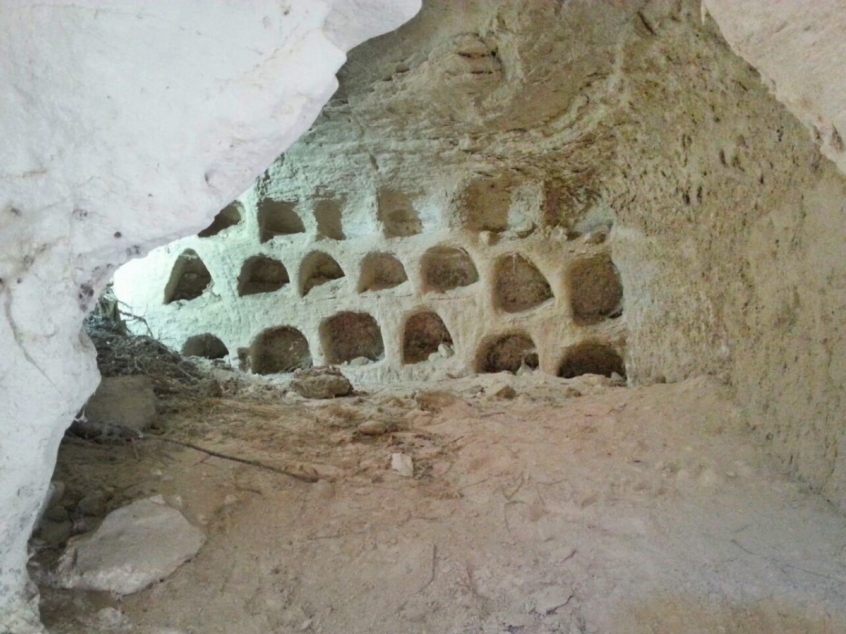
The menorah has a base with three feet, and represents the menorah that stood in the Temple during the Second Temple period, from 530 BCE to 70 CE, during which time Jesus was born and carried out his ministry.
The cross was engraved near the menorah.
Another engraving was found on the side of the cave which is believed to be a key, as well as engravings of other objects yet to be identified.
Alongside the cistern is a columbarium with dozens of niches that were used to raise doves in antiquity. During the Second Temple period doves were used as part of the sacrificial rites in the Temple.
Sa'ar Ganor, the authority's Archaeologist of Ashkelon, said: "There are buildings and hiding refuges from the time of the Bar Kokhba uprising in the second century CE at the site and buildings that date to the Byzantine period.
"It is rare to find a wall engraving of a menorah, and this exciting discovery, which was symbolically revealed during the Hanukkah holiday, substantiates the scientific research regarding the Jewish nature of the settlement during the Second Temple period.
"The menorah was probably etched in the cistern after the water installation was hewn in the bedrock – maybe by inhabitants of the Jewish settlement that was situated there during the Second Temple period and the time of Bar Kokhba – and the cross was etched later on during the Byzantine period, most likely in the fourth century CE."
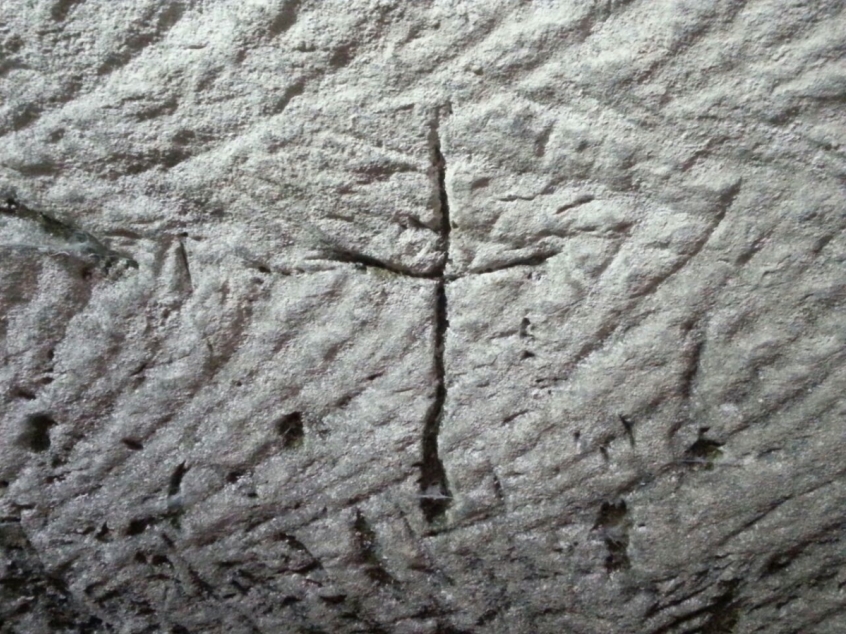
The menorah is a distinctly Jewish symbol of the Second Temple period.
To date, just two other engravings of menorahs are known in the region of the Judean Shephelah: one on an oil press at Bet Loya where the same style menorah is depicted, and the other in a burial complex in the vicinity of Bet Guvrin.
Other menorahs are portrayed on clay lamps from Beit Natif, the authority said.
A spokesman added: "In light of this interesting discovery, which adds another important tier to the archaeological information and knowledge about the region, the Israel Antiquities Authority will continue to study the site, whose exact location was not given in order to protect it and the safety of hikers.
"The hikers who discovered the engravings will receive a good citizenship certificate and will be invited to participate in the coming archaeological surveys that the Israel Antiquities Authority will conduct in the Judean Shephelah."










